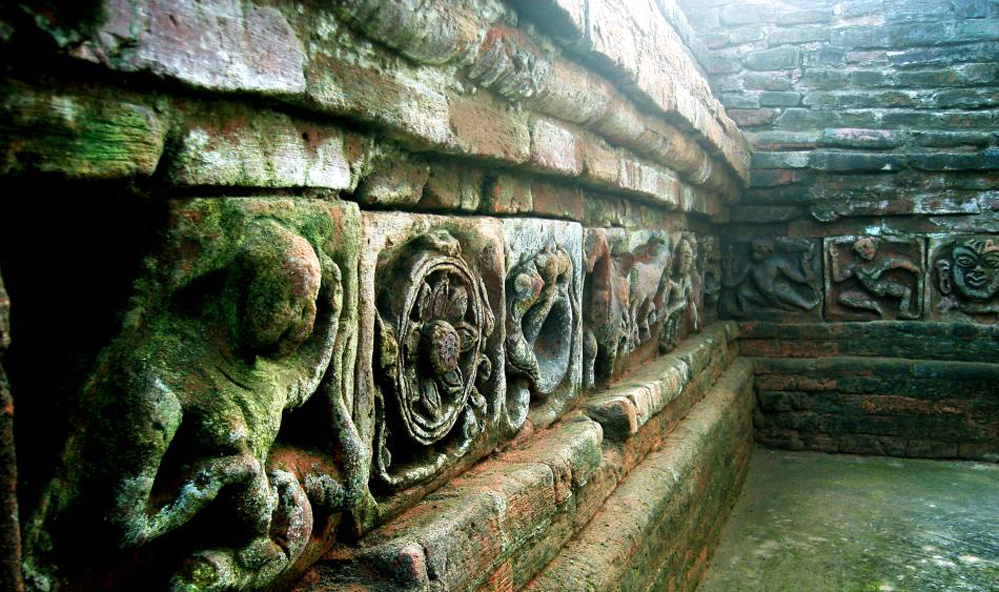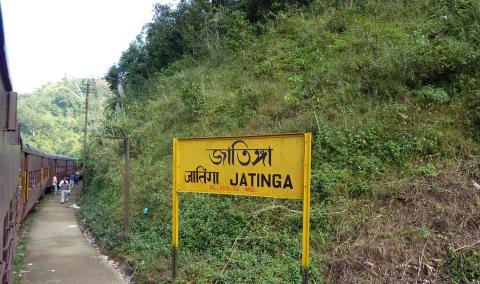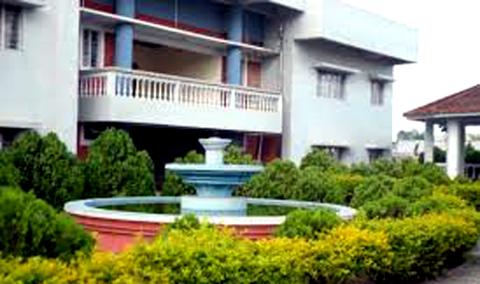Pilak, a testimony to peaceful co-existence of the two cultures, Hinduism and Buddhism. It is an archaeological site that stands as an eloquent symbol of Hindu-Buddhist cultural affinity. It as well as represents the glorious past years of the state, Tripura. Spread over an area of about 10sq km it is nestled in lush green valley dotted with paddy fields. Pilak lies in the Belonia sub-division of South Tripura. It has sparse human habitation. It is also famous for its scenic beauty.
Pilak use to be a part of Samata kingdom in historical Bengal. The archaeological remains of 8th and 9th cent AD shrines of Hindu and Buddhist art are found in here. The earliest dates of Hindu and Buddhist sculptures, terracotta plaques and seals are found. It represents images of heterodox creeds and seals portraying both Hinduism and Buddhism. Stone engravings of different God and Goddesses stand alongside the statue of Lord Buddha. Some beautiful places in the sites that can be visited are Shyam Sundar Tilla, Deb Bari, Thakurani Tilla, Balir Pathar, Basudeb Bari.The dominant form and style of the rock cut images and sculptures add an extra beauty to the site.
There are various number of sculptures which has its own significance. Pilak is located at a distance of 100km from Agartala, 61km from Udaipur, 19km from Santibazar, 2 km from Julaibari.
The weather in Pilak is hot and humid. The best time to travel to Pilak is from October to March.
Pilak
Belonia sub-division of South Tripura, 100km from Agartala, Tripura





